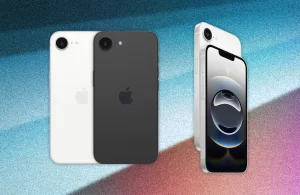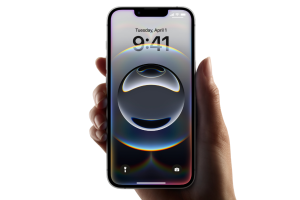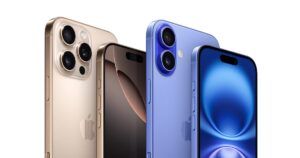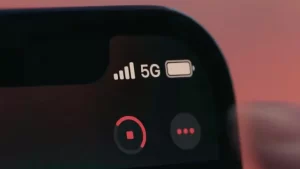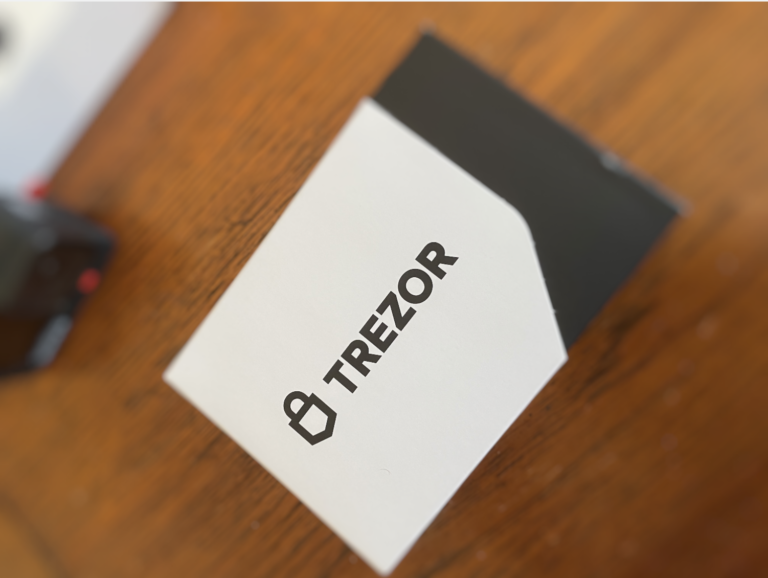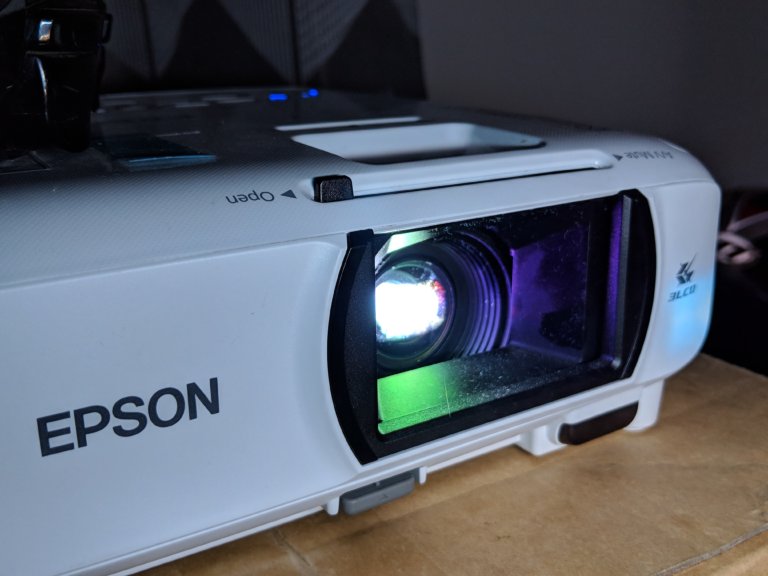Smartphones are a part of pretty much everyone’s life now. We have seen quite a lot of breakthroughs in the world of smartphones starting with the time when Apple introduced the iPhone in 2007. But, what is the future of smartphones?
Quite a few blogs have turned to become rumour mills at to what the next iPhone killer feature would be. There is finger print lock, better integration to our online services, super fast internet speeds, a processor faster than your computer, projected keyboard, holographic screen…. But our imagination knows no limits. Evidence suggests that there has not been much of a drastic change which can rattle the whole industry.
But, the next killer feature could definitely be the battery. Look at the batteries on our smartphones. It is pathetic. It adds up to the smart phone experience. How good is a mobile phone if it is not truly mobile? There has been quite a few developments in the field of batteries, but not much implemented in the smartphones for the lack of sufficient research by the companies. We can’t always carry a charger around to every place.
How good is a mobile phone if it is not truly mobile?
One reason behind this might be, for the smart phone using crowd has developed at a very recent years but at a steady pace. So, the new smart phone users are mostly interested. It is not as advertise able feature as a large display or a super thin phone.
One exception would be the Motorola Droid Maxx which featured a 3300 mAh battery. It was a phone to buy, but it never really took off. I wouldn’t be too surprised if Apple is the company to get it right, because they’ve already done it before with the iPad.
Compare the difference between the iPad 2 and the 3rd generation iPad. Apple introduced the Retina display doubling the number of pixels along with other hardware enhancements like a better processor and the camera. But, the interesting part was when Apple promised the same incredible 10 Hours battery life. This is where Apple made the difference. They did not give up the usability of the device over the features. Under the hood, the iPad was powered by a 6,944 mAh battery over a monstrous 11,666 mAh battery for the 3rd generation iPad just by increasing the size by a small percentage. I was looking forward to this as to most expected feature for the iPhone 5 over the sci-fi predictions from the rumor mill blogs.
It is significant that Apple has almost doubled the density of Li-ion cells. This shows that Apple’s battery labs has been at work and hope other companies follow this too, because at the end of the day, you’d still love to use your smart phone.

